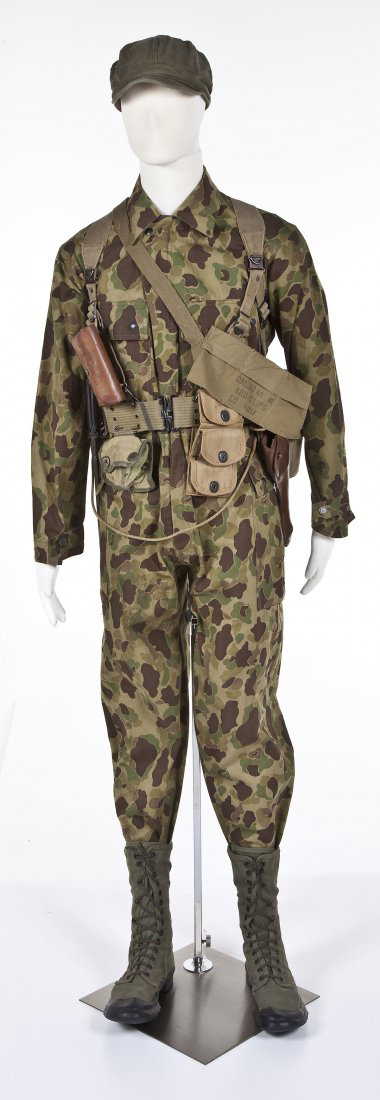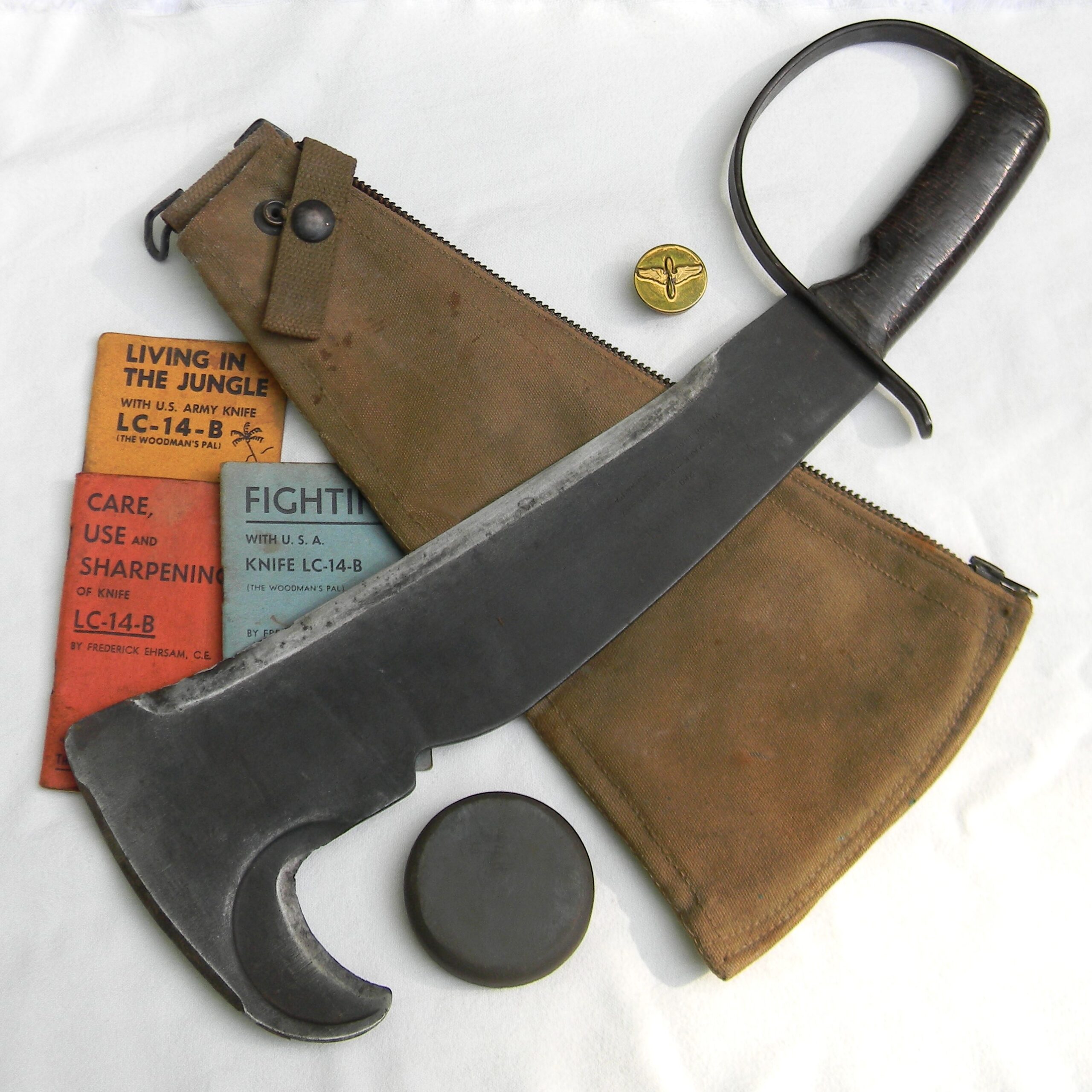
Springfield Armory submitted this rifle, designed by John C Garand (of M1 Rifle fame) to the Light Rifle trials. It was unusual in that it used magazines mounted on top at a 45 degree angle, unlike the other entrants. It was a simple design, using only 44 parts and weighing a mere 4.9 pounds with a sling and 5-round magazine (OAL of 34 7/8 inches, and an 18 inch barrel). It was very well received in the trials, and the official report found it excellent in virtually all areas of evaluation – reliability in dust and rain, accuracy, recoil, and simplicity of design. Some felt that the magazine should be moved to the bottom, but most who fired it liked the magazine as it was.

5, 10, 20, 50

Second Version
In the second round of trials, Garand and Springfield submitted a revised variant of the rifle. The primary difference was the relocation of the magazine to the bottom of the weapon, which necessitated some modifications to the design. The resulting gun was heavier (5.37 pounds with sling and magazine), and deemed less reliable and more difficult to disassemble.

‘M’ Special Unit
One of two ‘special units’ Australia raised during World War Two (with Z Special Unit (/explore/units/581) being the other,) ‘M’ Special Unit was an Allied special operations team under the command of the Services Reconnaissance Department (SRD.) It was the more formally structured successor to the highly successful Coastwatchers unit which had played such a key role in the early stages of the SW Pacific campaign, culminating in the Battle for Guadalcanal.
The Coastwatchers were initially comprised largely of plantation managers, government officials (often Post Office personnel with Morse Code / Telegraphy skills, and some military personnel who stayed behind in the Pacific Island Territories, when the majority of Australian personnel evacuated. Many of these men were commissioned into the Royal Australian Navy Volunteer Reserve (RANVR), ostensibly to protect them in the event of capture by the Japanese. It didn’t. Numbers were captured and 38 were ‘executed’ by the Japanese. The word ‘executed’ is actually a misnomer. Executed means ‘lawful killing’. What the Japanese carried out was summary at best.

Led by Commander Eric Feldt (/explore/people/982908), a visionary leader who was able to consolidate manage and support his disparate group of people and their networks among the native population, Feldt had all of his detachments equipped with powerful (but very heavy and bulky) AWA ‘teleradio’ sets. He supplied, reinforced and evacuated them as required with the support of RAAF Catalina flying boats.
Their most valuable role was in providing early warning of incoming Japanese air raids on Guadalcanal, enabling the US Defenders to get their aircraft in the air and in a position to inflict maximum casualties on the raiding formations. This they did with great effect.

Admiral William ‘Bull’ Halsey, Commander US Naval Forces in SWPA, famously said of them "The Coastwatchers saved Guadalcanal, and Guadalcanal saved the Pacific".
Following the success of several commando raids in Europe, General Blamey, commander of the 2nd AIF suggested that Australia form its own version of the British Special Operation Executive (SOE), which had been charged by Churchill to ‘set Europe ablaze’. Blamey saw the utility of such a force operating in the SW Pacific.

With general support in the senior Defence hierarchy, the new organisation was established in March 1942 and became known as the Special Operation Australia (SOA) with the cover name of Inter-Allied Services Department (IASD), usually shortened to ISD. In 1943, the official name of Special Operation Australia was changed to the Services Reconnaissance Department (SRD.) Both ‘Z’ and ‘M’ Special Units fell under its command.
‘M’ Special Unit was not a ‘hit and run’ overt action force. ‘Z’ Special Unit was. They were generally inserted into their Area of Operations via small boat, submarine or aircraft and conducted quick sabotage and intelligence gathering operations against the enemy before retreating.

‘M’ Special Unit on the other hand, was tasked with covert reconnaissance and intelligence gathering carrying on the work refined by the Coastwatchers earlier in the war, which saw them operating behind enemy lines for extended periods of times to collect intelligence undetected and as such rarely tried to engage the enemy.
After training on Fraser Island in 1943, ‘M’ Special soon deployed where they operated in both the Solomon Islands and New Guinea conducting intelligence operations against the Japanese. The late 1943 the unit was split into smaller units code named ‘Whiting’ and ‘Locust’ where both units continued to collect intelligence. Generally, a very successful unit, the consequences for those captured by the enemy were severe, as was the case for the most well-known member of ‘M’ Special Unit, Sergeant Leonard Siffleet. An image of him being beheaded by his Japanese captors was widely publicised after the war.
When the war was won in late 1945, ‘M’ Special Unit was disbanded.


The Woodman’s Pal has been an iconic American land management tool since 1941. The story began almost nine decades ago in the 1930s when Swiss National Frederick Ehrsam of Victor Tool Company settled in Pennsylvania. He was an experienced architect, artist, engineer, manufacturer, and woodsman. Over the next ten years, Frederick Ehrsam used his skills to create a tool that eventually influenced modern forest and land management. Professionals in the field relied heavily on the machete for clearing brush and blazing trails. However, additional tools were also needed to thin, trim, chop, and prune. He saw the need for a single all-in-one device that could not only perform the task of each as well or better but could also eliminate drawbacks like awkward weight or bulk, lack of balance or versatility, and designs unsafe for the inexperienced user.
A Unique Multi-Use Survival Tool
The Woodman’s Pal is a unique tool designed to combine the best characteristics of the ax and the machete that can clear brush like a machete and chop wood like an ax. The design was dubbed “The Woodman’s Pal.” Professionals in forestry, agriculture, and horticulture quickly recognized it as a historic achievement. However, the new tool wasn’t just popular with civilians and didn’t go unnoticed by the U.S. Military. In military terms, the Woodman’s Pal, or “LC-14-B,” was a standard issue for clearing land from the early part of World War II through Desert Storm. G.I.'s and the U.S. Army Signal Corp. relied heavily on the Woodman’s Pal for land clearing operations. During the Vietnam War, The Woodman’s Pal was designated the “Survival Tool, Type IV” and issued aircrew survival kits. To this day, it is still used by military servicemen and women.
